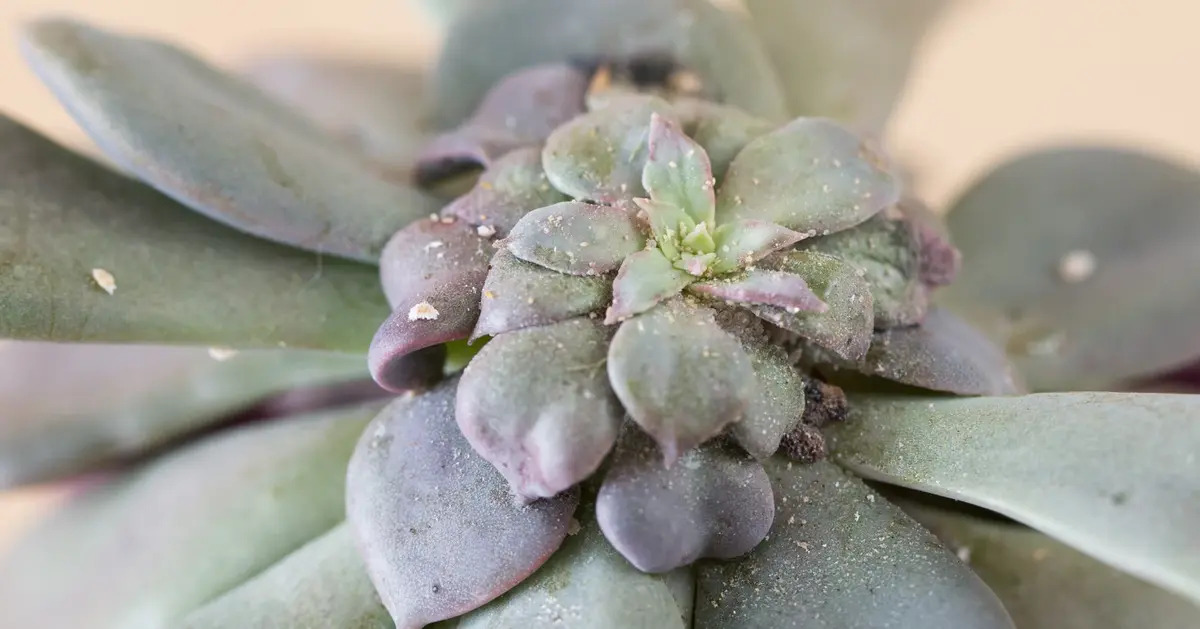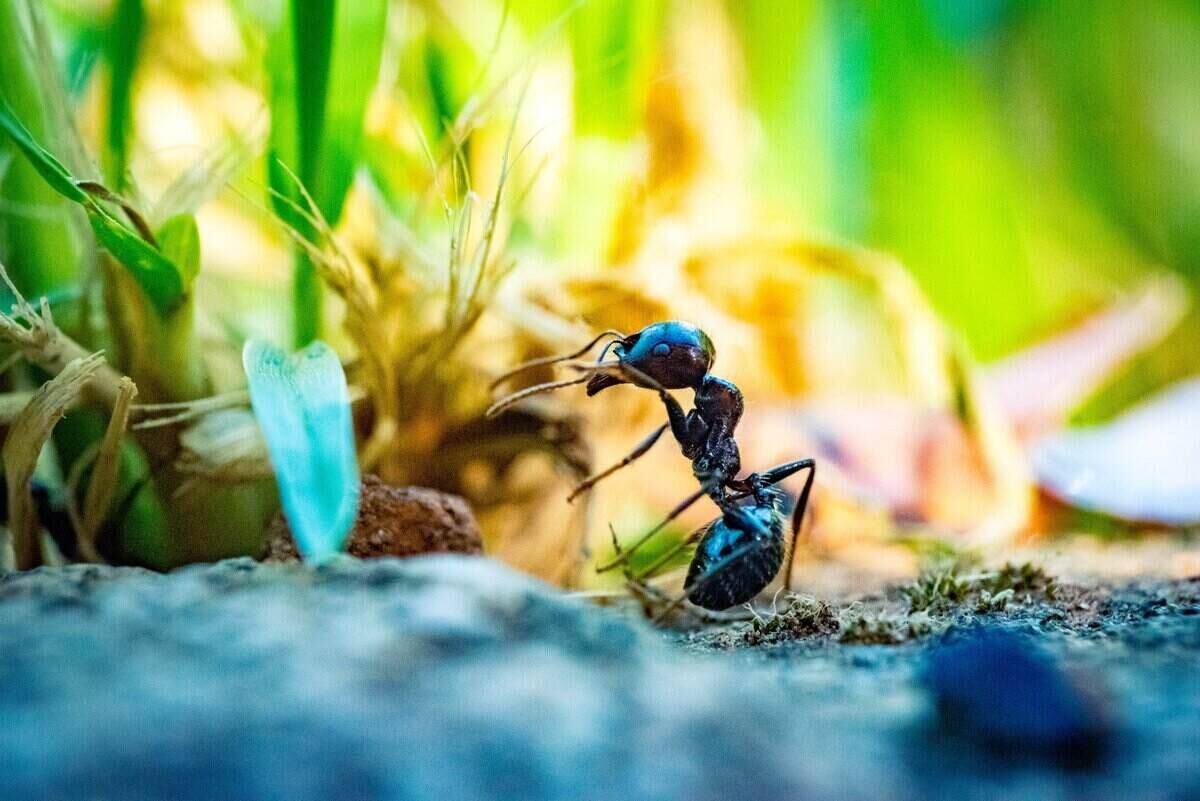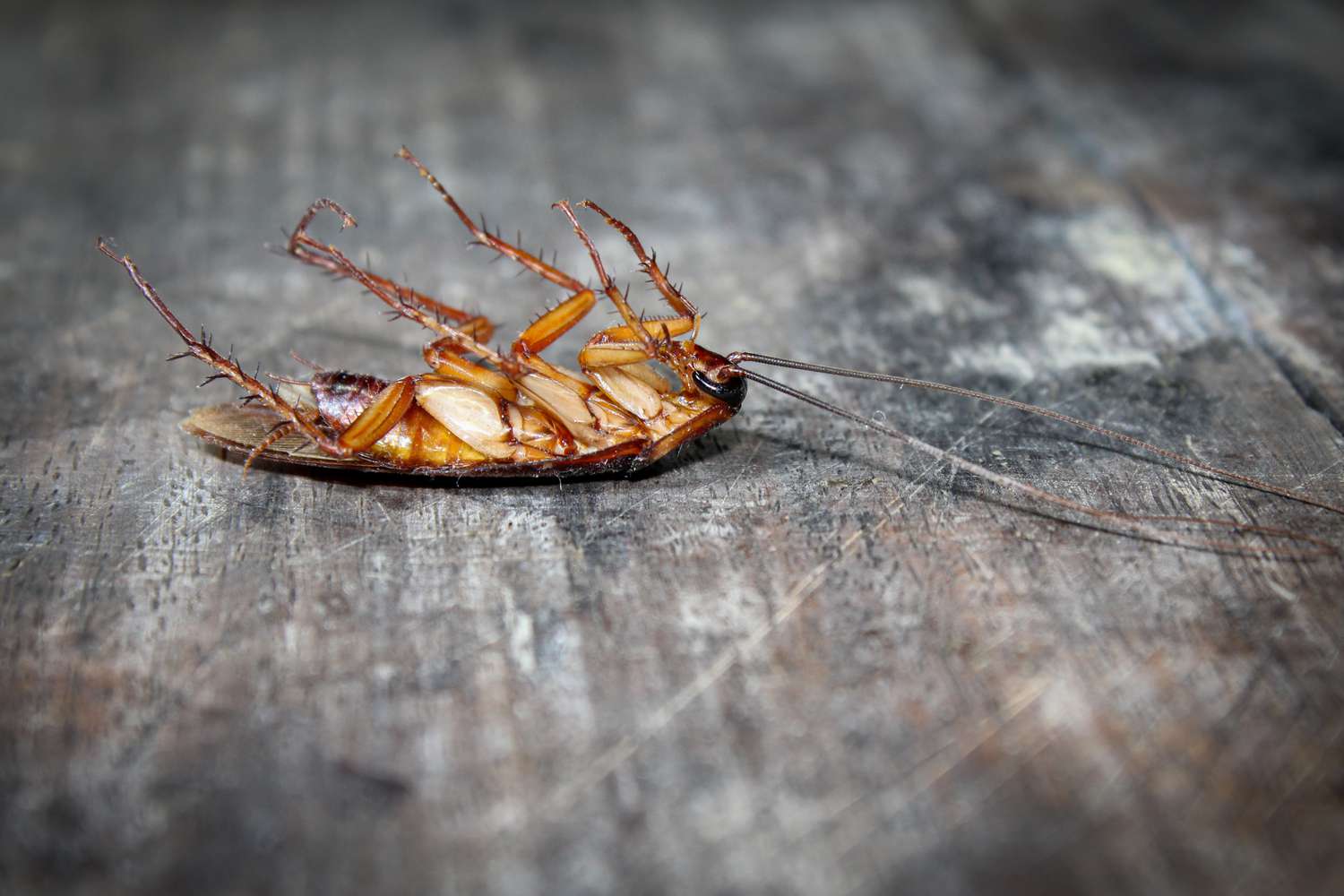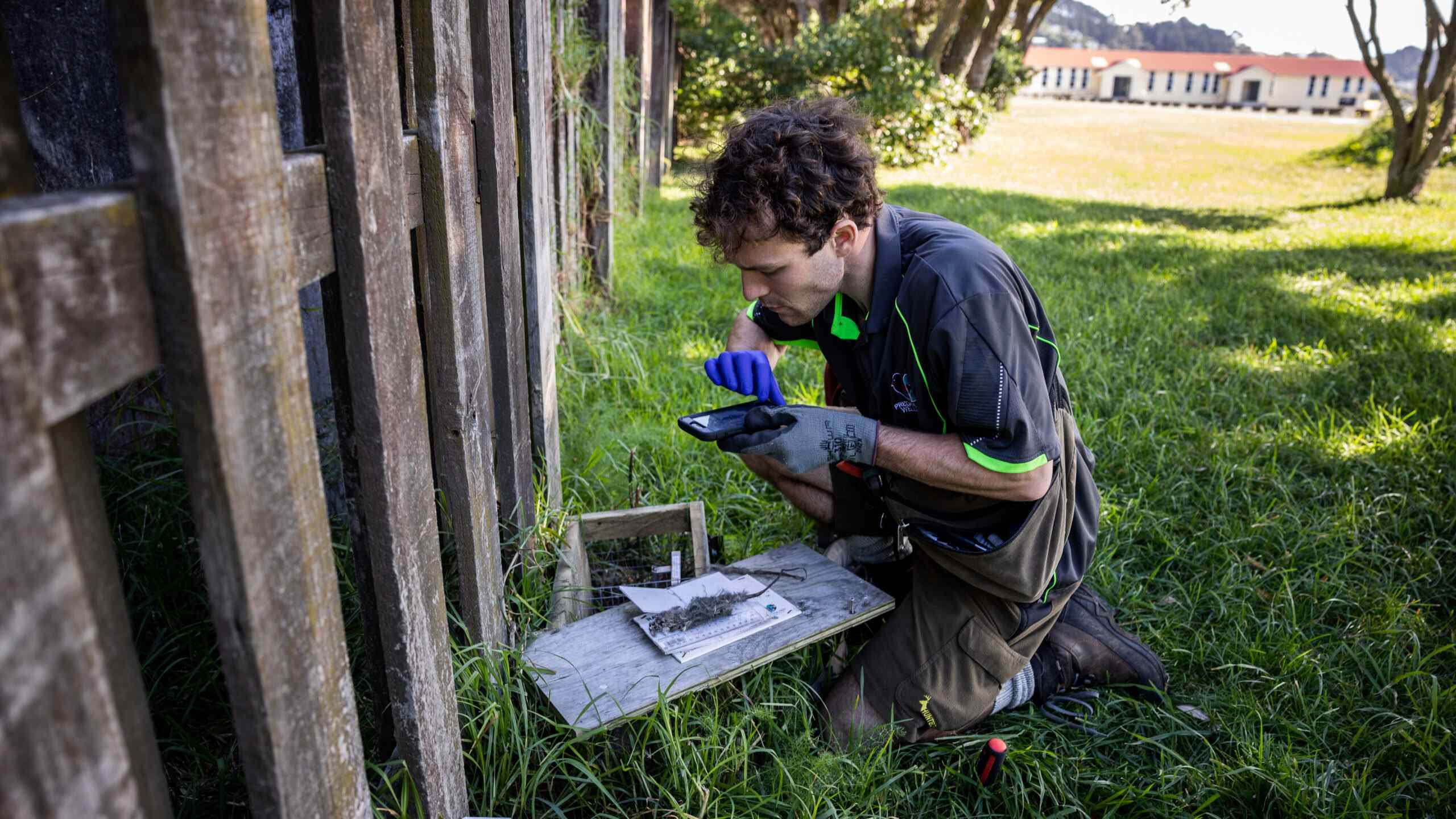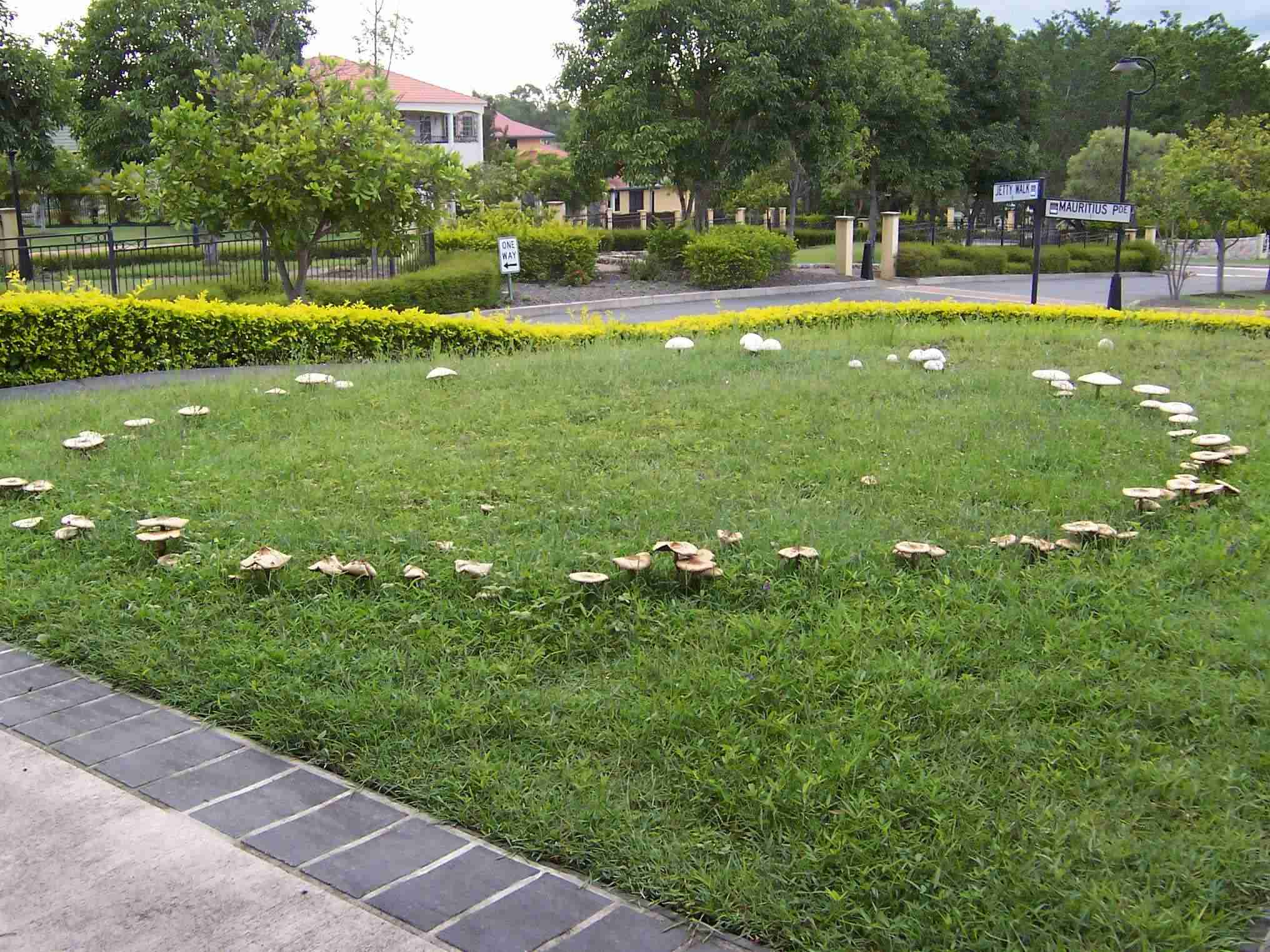Home>Gardening Tips and Tricks>How To Get Rid Of Aphids In A Greenhouse
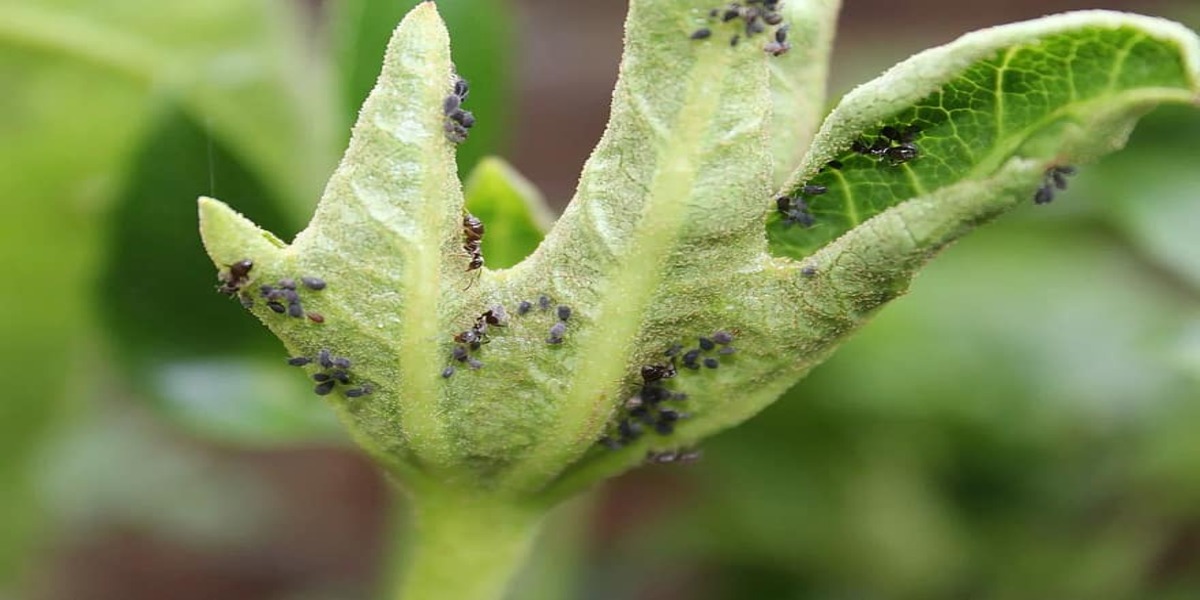

Gardening Tips and Tricks
How To Get Rid Of Aphids In A Greenhouse
Modified: January 22, 2024
Looking for problem-solving tips to get rid of aphids in your greenhouse? Check out our guide for effective solutions and enjoy a pest-free environment!
(Many of the links in this article redirect to a specific reviewed product. Your purchase of these products through affiliate links helps to generate commission for Chicagolandgardening.com, at no extra cost. Learn more)
Table of Contents
Introduction
Welcome to the world of gardening and greenhouse management! Greenhouses are a wonderful space where plants can thrive and flourish. They provide the perfect controlled environment for a wide variety of plants, allowing us to extend the growing season and cultivate plants that would otherwise struggle in our local climates.
However, along with the benefits of a greenhouse comes the inevitable challenge of dealing with pests. One of the most common and troublesome pests that greenhouse gardeners face is aphids. These tiny insects can quickly multiply and wreak havoc on your beloved plants if left unchecked.
But fear not! In this article, we will delve into the world of aphids and explore effective ways to get rid of them in your greenhouse. Whether you are an experienced gardener or just starting out, this guide will equip you with the knowledge and tools to eliminate aphids and protect your plants.
Before we dive into the solutions, let’s first understand what aphids are and how you can identify their presence in your greenhouse.
Understanding Aphids
Aphids are small, soft-bodied insects that are commonly found in both outdoor gardens and greenhouse environments. They come in a variety of colors, including green, yellow, brown, and even black, and are typically around 1/8 inch in size. These pests have a slender body shape, long antennas, and can reproduce rapidly, causing significant damage to plants.
One reason aphids are particularly troublesome is their feeding behavior. They use their sharp mouthparts to pierce the surface of plant leaves and stems, sucking out the sap that contains vital nutrients. Additionally, aphids excrete a sticky substance known as honeydew, which can promote the growth of sooty mold on plant surfaces and attract other pests.
These prolific pests have a high reproduction rate, with the ability to give birth to live young rather than laying eggs. This means that aphid populations can quickly multiply, leading to a rapid infestation if left unchecked.
Identifying aphids in your greenhouse is crucial for effective control. Look out for clusters of small insects on the undersides of leaves or on new growth. You may also notice sticky, shiny, or curled leaves, which are often signs of aphid infestation.
It’s important to note that not all aphids are created equal. While some species are general feeders and infest a wide range of plants, others are more specific in their preferences. Therefore, understanding the particular type of aphid infestation in your greenhouse can help you tailor your control measures.
Now that you have a basic understanding of aphids and how to identify them, it’s time to move on to the next step: detecting aphids in your greenhouse. By being proactive and vigilant, you can catch aphid infestations early and take the necessary steps to eliminate them.
Detecting Aphids in a Greenhouse
Early detection of aphids in your greenhouse is crucial for effective pest management. By spotting them early on, you can take immediate action to prevent their spread and minimize potential damage to your plants. Here are some signs to look out for when detecting aphids in your greenhouse:
- Visual Inspection: Regularly inspect your plants for any signs of aphids. Look for clusters of small, soft-bodied insects on the undersides of leaves, along stems, or in new growth. Aphids can range in color from green, yellow, brown, to black, depending on the species and stage of development.
- Sticky Residue: One telltale sign of an aphid infestation is the presence of sticky honeydew on plant surfaces. Aphids secrete this sugary substance as they feed on plant sap. Check for a shiny or sticky residue on leaves, stems, or nearby surfaces. This residue can attract ants or promote the growth of mold.
- Leaf Curling or Distortion: Aphids can cause leaves to curl, deform, or become distorted. Look for leaves that appear wrinkled, twisted, or misshapen. Keep in mind that leaf damage can also be caused by other factors, so it is important to consider other symptoms as well.
- Ant Activity: Ants and aphids often have a symbiotic relationship. Ants are known to farm aphids, providing protection in exchange for access to the aphids’ honeydew. If you notice a high number of ants in your greenhouse, it could be a sign that aphids are present.
- Stunted Growth: Aphids can stunt the growth of plants by sapping their nutrients. If you observe slow or stunted growth in your plants, it may be an indication of an aphid infestation.
Regular monitoring and inspection of your plants are key to detecting aphids early. Make it a habit to examine your greenhouse on a regular basis, paying close attention to susceptible plants or areas where aphids are known to congregate.
Once you have confirmed the presence of aphids in your greenhouse, it’s time to take action. In the next section, we will explore prevention measures to minimize the risk of aphid infestations in the first place.
Prevention Measures
Preventing aphid infestations in your greenhouse is the first line of defense against these pesky pests. By implementing proactive measures, you can reduce the likelihood of aphids taking hold in your plants. Here are some prevention measures to consider:
- Sanitation: Maintaining a clean and tidy greenhouse environment is essential to prevent aphids. Regularly remove any fallen leaves, dead plant material, or other debris, as they can provide hiding places and breeding grounds for pests. Pay special attention to areas where aphids are commonly found, such as on the undersides of leaves and along stems.
- Isolation: If you introduce new plants to your greenhouse, isolate them for a period of time to monitor for any signs of aphid infestations. This helps prevent the spread of pests to your established plants. Quarantine new plants for at least a few weeks before integrating them fully into your greenhouse.
- Plant Selection: Choose aphid-resistant plant varieties whenever possible. Some plants have natural defenses or produce substances that deter aphids from feeding on them. Research and select plants that are known to be less susceptible to aphid infestations. Additionally, consider the compatibility of different plant species when arranging them in your greenhouse, as companion planting can help repel aphids.
- Monitoring: Regularly inspect your plants for any early signs of aphids or other pests. Be vigilant, especially during periods when aphid populations are known to be more active. By catching aphids early, you can take swift action and prevent a widespread infestation.
- Natural Barriers: Create physical barriers to deter aphids from accessing your plants. For example, you can use fine mesh screens on vents and windows to prevent aphids from entering your greenhouse. This is particularly important during warmer months when aphids are more active.
- Proper Ventilation: Ensure good air circulation in your greenhouse, as excessive humidity and stagnant air can create favorable conditions for aphids. Use fans or open vents to maintain proper airflow, as this can deter aphids and help keep plant foliage dry.
By implementing these prevention measures, you can significantly reduce the risk of aphid infestations in your greenhouse. However, even with the best preventive efforts, aphids can sometimes find their way into your plants. In the next section, we will explore natural remedies for controlling aphids should an infestation occur.
Natural Remedies for Aphids
When faced with an aphid infestation in your greenhouse, you may prefer to use natural and organic methods to control these pests. Natural remedies not only minimize the impact on the environment but also provide a safe option for you and your plants. Here are some effective natural remedies for combating aphids:
- Water Spray: Use a strong stream of water to physically dislodge aphids from your plants. Spray the affected areas, including the undersides of leaves, with a forceful stream of water. This method can help remove aphids and their eggs, reducing their population.
- Neem Oil: Neem oil is a natural insecticide derived from the neem tree. It works by disrupting the feeding and reproductive cycles of aphids. Dilute neem oil according to the manufacturer’s instructions and spray it onto affected plants. Repeat the application every few days until the infestation is under control.
- Insecticidal Soap: Insecticidal soaps are formulated to kill soft-bodied insects like aphids while being gentle on plants. Spray the affected plants thoroughly, ensuring that the soap comes into contact with the aphids. Repeat the application as needed, following the product instructions.
- Pyrethrin: Pyrethrin is a natural insecticide derived from chrysanthemum flowers. It is effective against aphids and other garden pests. Read and follow the product instructions carefully, as application rates and frequency may vary.
- Beneficial Insects: Introduce natural predators and parasitoids to your greenhouse as a biological control method. Ladybugs, lacewings, and parasitic wasps are examples of beneficial insects that feed on aphids. They can help keep aphid populations in check. You can purchase these beneficial insects from reputable garden suppliers.
- Garlic and Chili Pepper Spray: Create a homemade aphid repellent by combining crushed garlic cloves and chili peppers with water. Let the mixture steep overnight, then strain and spray it onto affected plants. Aphids are repelled by the strong odor and taste of this solution.
–
These natural remedies offer effective alternatives to chemical insecticides, allowing you to control aphids in your greenhouse while maintaining a healthy environment for your plants. Experiment with different methods to find the one that works best for your specific situation. In the following sections, we will explore additional control methods, including biological and chemical options.
Biological Control Methods
Biological control methods involve the use of natural predators and parasites to manage aphid populations in your greenhouse. These methods aim to establish a balance between pests and beneficial organisms, reducing the need for chemical intervention. Here are some common biological control methods for aphids:
- Ladybugs: Ladybugs, also known as ladybirds or lady beetles, are voracious predators of aphids. They can consume large numbers of aphids in a short period. Introduce ladybugs to your greenhouse by releasing them onto infested plants. Provide them with a food source, such as nectar-rich flowers, to encourage them to stay and reproduce.
- Lacewings: Lacewings are another beneficial insect that feeds on aphids. The larvae of lacewings are particularly effective predators. You can purchase lacewing eggs or larvae from garden suppliers and release them near the infested plants. Provide them with a suitable habitat, such as foliage or mulch, to support their population.
- Parasitic Wasps: Certain species of parasitic wasps lay their eggs inside aphids. When the wasp larvae hatch, they feed on the aphids, eventually killing them. These tiny wasps do not harm plants or humans, making them an effective and safe biological control option. Purchase parasitic wasps from reputable suppliers and release them into your greenhouse.
- Aphidius colemani: Aphidius colemani is a specific species of parasitic wasp that targets aphids. The female wasps lay their eggs directly into aphid colonies, and the emerging larvae parasitize the aphids, eventually killing them. Introduce Aphidius colemani into your greenhouse for long-term control of aphid populations.
- Cultural Practices: Implement cultural practices that promote beneficial insects and discourage aphids. For example, plant diverse and flowering species to attract beneficial insects. Avoid the use of broad-spectrum pesticides, as they can harm both pests and beneficial organisms. Regularly inspect your plants for aphids and take prompt action to prevent infestations from spreading.
It’s important to note that biological control methods may take time to establish a balance between the aphid population and the beneficial organisms. However, they offer long-term and sustainable solutions for managing aphids in your greenhouse.
In the next section, we will explore chemical control options for situations where biological control methods may not be sufficient or feasible.
Chemical Control Options
While biological and natural control methods are preferable, there may be instances where chemical control is necessary to effectively manage aphids in your greenhouse. Chemical control options should be used as a last resort and with caution, as they can have unintended effects on the environment and beneficial insects. Here are some chemical control options for aphids:
- Insecticidal Sprays: Insecticidal sprays containing active ingredients such as pyrethroids or imidacloprid can be used to control aphids. Follow the instructions on the product label carefully, including the rates and timing of application. Be mindful of any specific precautions, such as the need for protective clothing or restrictions on application near edible crops.
- Systemic Insecticides: Systemic insecticides are absorbed by the plant and transported throughout its tissues, making them effective against aphids that feed on the plant sap. These insecticides are usually applied as a drench to the root zone or as a soil application. As with any chemical control method, read and follow the label instructions for proper use and safety precautions.
- Contact Insecticides: Contact insecticides, such as horticultural oils or soaps, provide control by directly contacting and suffocating the aphids. These products are generally less persistent in the environment compared to systemic insecticides. Apply contact insecticides to affected plants, ensuring thorough coverage of aphids and their hiding places.
- Aerosols and Dusts: Aerosol insecticides or dust formulations can also be used to control aphids. These products are typically applied as a spray or dust directly onto plants. Ensure that you use the appropriate product for greenhouse use and carefully follow the instructions for application and safety.
- Professional Assistance: If the aphid infestation in your greenhouse becomes overwhelming or resistant to other control methods, it may be necessary to seek professional assistance. Pest management professionals have access to a wider range of chemical control options and can provide expert advice on the most effective treatment for your specific situation.
When using chemical control options, it is important to follow all safety guidelines, including wearing appropriate protective gear and ensuring proper ventilation in your greenhouse. Minimize the use of chemical controls to reduce the potential impact on beneficial insects and the environment.
In the next section, we will explore maintenance and management tips to prevent future aphid infestations and maintain a healthy greenhouse environment.
Maintenance and Management Tips
Maintaining a healthy greenhouse environment is essential for preventing future aphid infestations and ensuring the overall well-being of your plants. By implementing proper maintenance practices and effective management techniques, you can create an environment that is less favorable to aphids and other pests. Here are some tips to help you maintain and manage your greenhouse:
- Proper Watering: Avoid overwatering your plants, as excessive moisture can create conditions that are conducive to aphids and other pests. Ensure proper drainage and allow the soil to dry out slightly between waterings to discourage aphids from infesting your plants.
- Weed Control: Regularly remove weeds from your greenhouse, as they can serve as alternative hosts for aphids and other pests. Weeds can also compete with your plants for nutrients, making them more vulnerable to infestations.
- Monitor and Remove Infested Plants: Continuously monitor your plants for any signs of aphid infestations. If you spot heavily infested plants, promptly remove and isolate them to prevent the spread of aphids to healthy plants. Dispose of the infested plants properly to avoid reintroducing the pests to your greenhouse.
- Pruning and Sanitization: Regularly prune and remove any infected or damaged plant parts. This not only helps control aphids but also promotes airflow and reduces the risk of disease. Clean your pruning tools with rubbing alcohol or a bleach solution after each use to prevent the transfer of pests or diseases.
- Beneficial Plant Diversity: Plant a diverse range of species in your greenhouse to attract beneficial insects, such as ladybugs and lacewings, which can help control aphids. The presence of different plants can create an ecosystem that supports natural pest management.
- Regular Inspections: Conduct routine inspections of your greenhouse to catch aphids or other pests at their early stages. Pay attention to new growth, leaf undersides, and areas where pests are commonly found. Early detection allows for swift action and prevents infestations from spreading.
- Maintain Cleanliness: Keep your greenhouse environment clean and free from debris and fallen plant material. Regularly sweep or vacuum the floors to remove potential hiding places for pests. This helps disrupt their life cycle and reduces the chances of reinfestation.
By implementing these maintenance and management tips, you can create a healthier and more hostile environment for aphids in your greenhouse. Remember, prevention and proactive measures are key to long-term pest control.
Now that you have a comprehensive understanding of aphids, detection methods, prevention measures, and various control options, you are equipped to tackle aphid infestations in your greenhouse effectively.
Conclusion
Aphids can be a persistent and troublesome pest in greenhouse environments, but with the right knowledge and tools, they can be effectively controlled. By understanding the biology and behavior of aphids, you can detect their presence early and take appropriate action. Prevention is key, and implementing measures such as sanitation, isolation, and plant selection can significantly reduce the risk of aphid infestations.
When it comes to control methods, natural remedies and biological control options should be the first line of defense. Water sprays, neem oil, beneficial insects, and cultural practices can help combat aphids in a safe and environmentally friendly manner. Only as a last resort should chemical control options be considered, and it is crucial to use them judiciously and responsibly.
Maintaining a healthy greenhouse environment through proper maintenance and management practices is essential for long-term aphid control. Regular inspections, pruning, weed control, and maintaining cleanliness are vital in preventing future infestations and supporting the overall health of your plants.
By following these guidelines and adapting them to your specific circumstances, you can effectively get rid of aphids in your greenhouse and create a thriving and pest-free growing space. Remember, persistence and vigilance are key to successfully managing aphids and ensuring the success of your greenhouse gardening endeavors.


